Facility Dismantling and Installation: Industrial Relocation
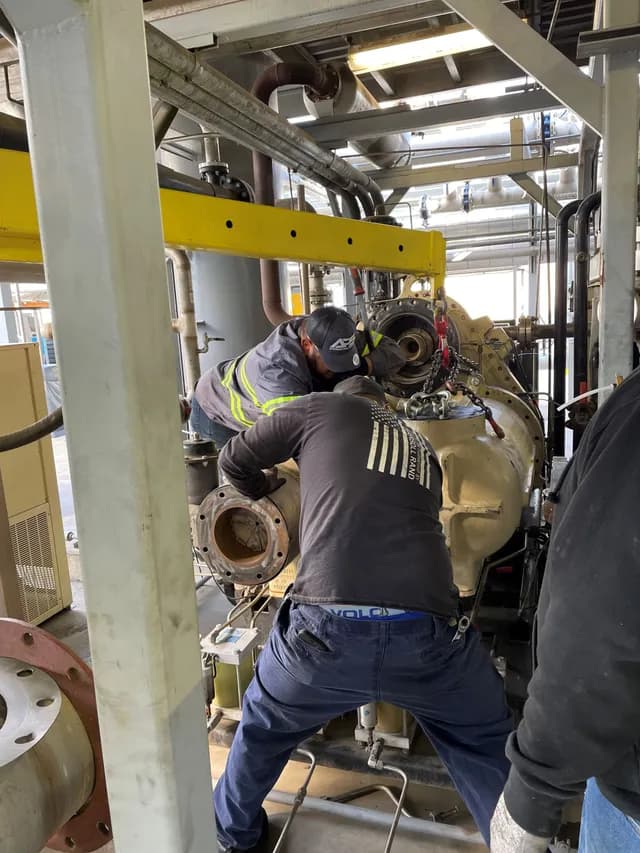
Relocating or upgrading an industrial facility is a complex process that requires careful planning, expertise, and precision. Whether decommissioning an old plant, moving equipment to a new site, or setting up an entirely new operation, facility dismantling and installation play a crucial role in minimizing downtime and ensuring operational success.
In this blog, we’ll explore the key aspects of facility dismantling and installation, including best practices, challenges, and the benefits of working with professionals.
1. What Is Facility Dismantling and Installation?
Facility dismantling and installation involve the disassembly, transportation, and reassembly of machinery, equipment, and infrastructure. These services are commonly required for:
- Industrial relocations – Moving manufacturing plants, warehouses, or processing facilities to a new location.
- Equipment upgrades – Replacing outdated machinery with modern, more efficient systems.
- Plant decommissioning – Safely dismantling unused or obsolete facilities while adhering to environmental and safety regulations.
- Expansions and renovations – Installing new production lines or modifying layouts for improved efficiency.
2. The Facility Dismantling Process
Dismantling an industrial facility requires a methodical approach to ensure safety, efficiency, and compliance with regulations. The process typically includes:
A. Site Assessment and Planning
Before dismantling begins, a thorough site evaluation is conducted to:
- Identify equipment and structures to be removed.
- Assess potential hazards such as electrical, chemical, or structural risks.
- Develop a dismantling timeline to minimize operational disruptions.
B. Equipment Disassembly
Once planning is complete, skilled technicians begin carefully disassembling machinery and components, ensuring:
- Proper labeling and documentation for reinstallation.
- Safe handling of hazardous materials or fluids.
- Secure packaging and crating to prevent damage during transportation.
C. Removal and Transportation
Heavy machinery and facility components are transported using specialized equipment such as cranes, forklifts, and flatbed trucks. Logistics planning ensures:
- Safe loading and transportation of fragile or oversized equipment.
- Compliance with transportation regulations and permits.
- Coordination with installation teams at the destination.
D. Site Cleanup and Recycling
After dismantling, the site is cleared of debris, and materials such as metal, wiring, and concrete are recycled whenever possible. This step ensures environmental responsibility and cost savings on material disposal.
3. The Facility Installation Process
Once the dismantled equipment reaches its new location, the installation process begins. This involves:
A. Site Preparation
Before reassembly, the new facility is prepared by:
- Ensuring proper flooring, foundation, and structural integrity.
- Installing necessary utilities, such as electrical, plumbing, and ventilation systems.
- Verifying compliance with safety and industry regulations.
B. Equipment Installation and Calibration
Installation teams carefully reassemble machinery and infrastructure, following precise manufacturer guidelines. This step includes:
- Aligning and anchoring equipment to prevent operational issues.
- Connecting power, gas, and fluid lines.
- Conducting test runs and calibrations to ensure optimal performance.
C. Safety Checks and Final Inspections
Before full operation resumes, quality assurance checks are performed, including:
- Safety inspections to ensure compliance with OSHA and industry standards.
- Load testing to confirm equipment functionality.
- Staff training on new machinery or updated workflows.
4. Challenges in Facility Dismantling and Installation
Despite careful planning, several challenges may arise, including:
- Equipment damage – Improper handling can lead to costly repairs or replacements.
- Regulatory compliance – Navigating environmental, zoning, and safety regulations requires expertise.
- Logistical coordination – Ensuring smooth transportation and scheduling across multiple locations.
- Downtime and disruptions – Managing operations to minimize production loss during transitions.
5. The Benefits of Professional Facility Dismantling and Installation Services
Partnering with experienced professionals ensures:
- Reduced downtime through efficient dismantling and reinstallation.
- Improved safety with adherence to industry regulations.
- Cost savings by avoiding damage and optimizing logistics.
- Environmental responsibility through proper waste disposal and recycling.
Ensure a Smooth Facility Transition with Expert Help
Facility dismantling and installation are critical to successful industrial relocations, upgrades, and expansions. By working with experienced professionals, businesses can minimize downtime, reduce risks, and ensure seamless transitions.
Looking for a trusted partner for facility dismantling and installation? Contact APS Industrial Services today to discuss your project needs!
Newsletter
Don't miss a thing!
Sign up to receive daily news
Recent Posts
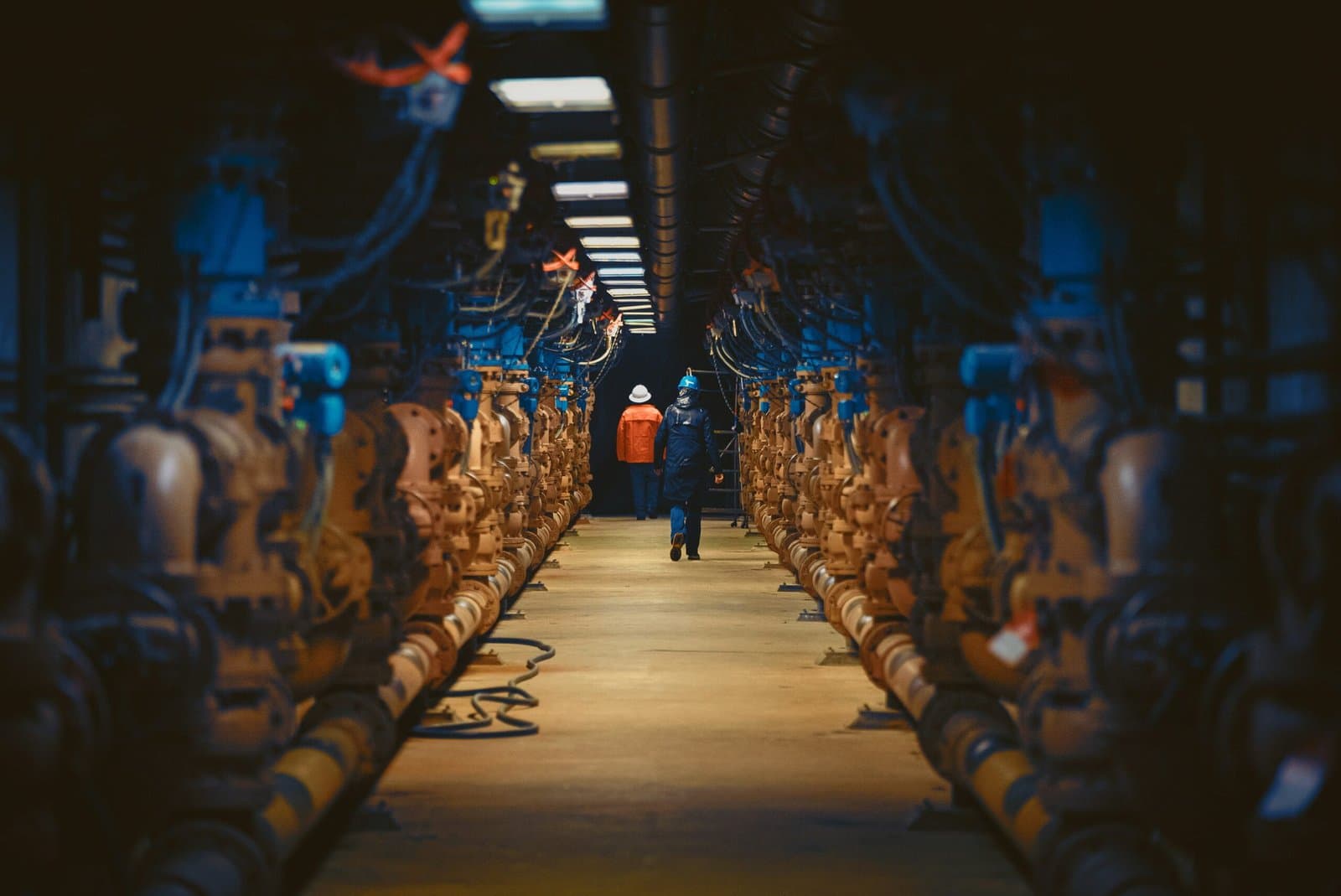
august 30, 2025
Decommissioning a Facility: How to Turn It into a Profitable Venture
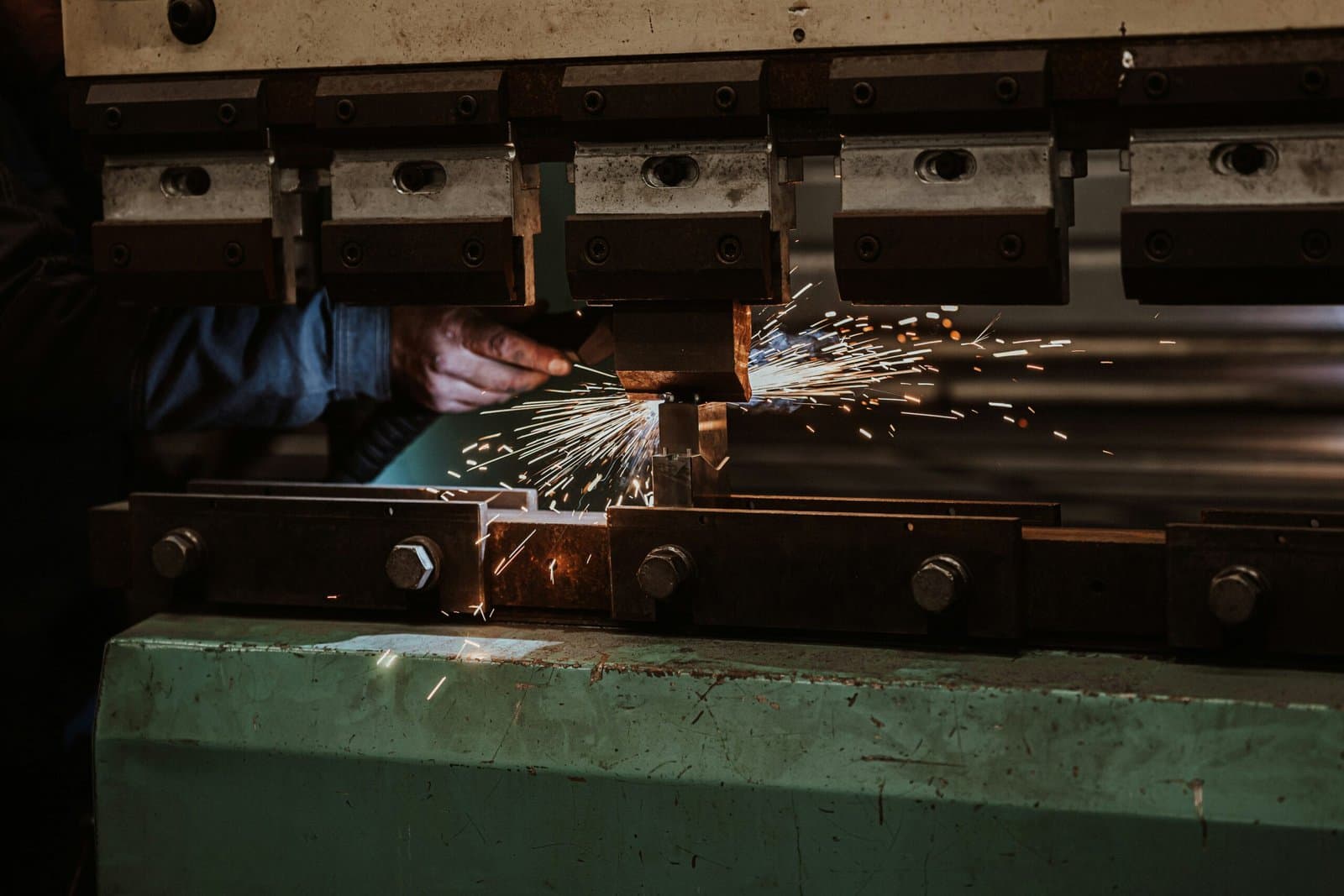
august 25, 2025
Hydraulic Press Maintenance 101
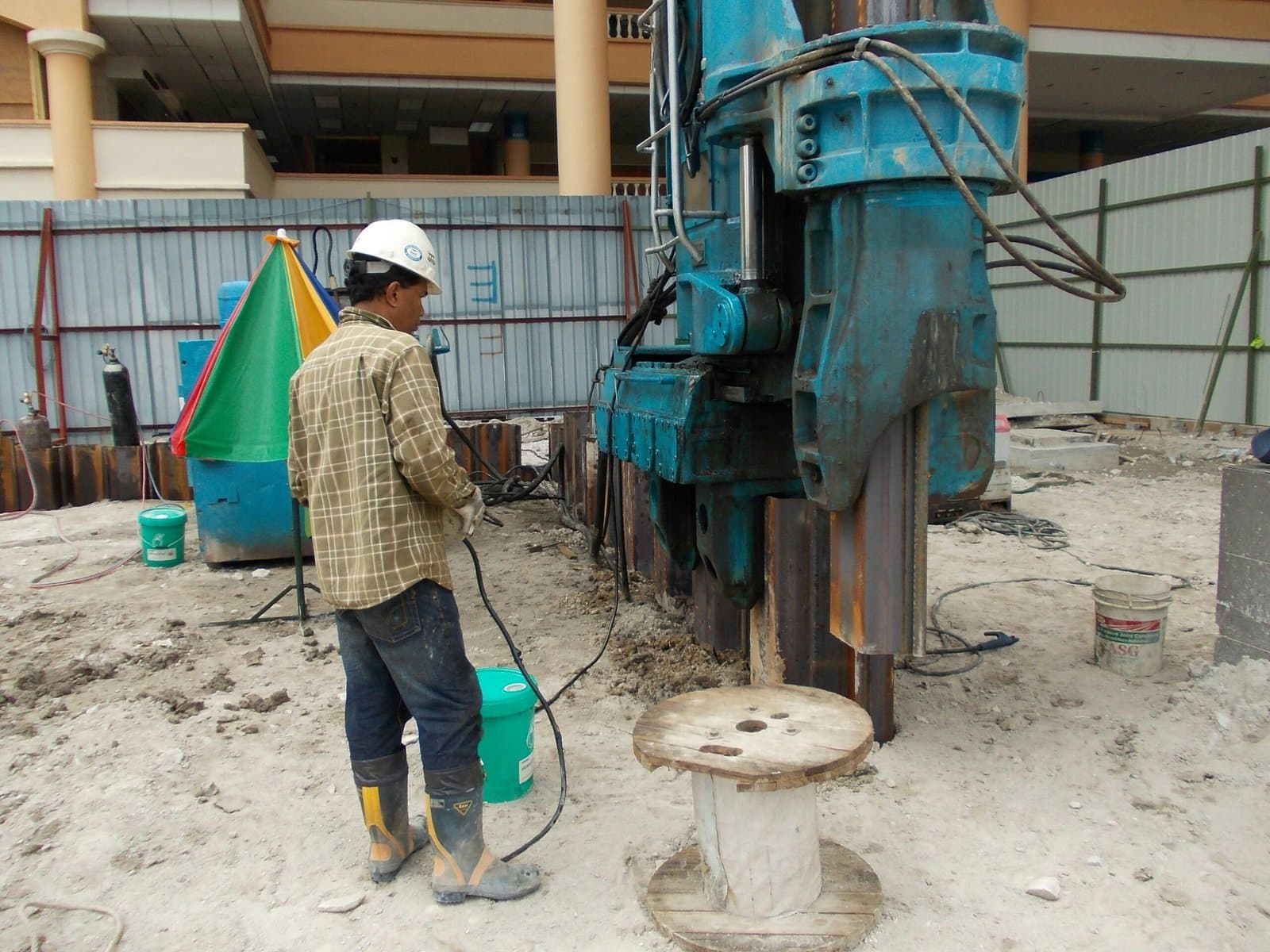
august 18, 2025
Rigging Machinery: The Challenge of Moving and Installing Outdated vs. Modern Equipment

august 16, 2025
Conveyor System Maintenance: 5 Early Warning Signs of Failure

august 14, 2025
Predictive Maintenance: The Smarter Alternative to Costly Reactive Repairs
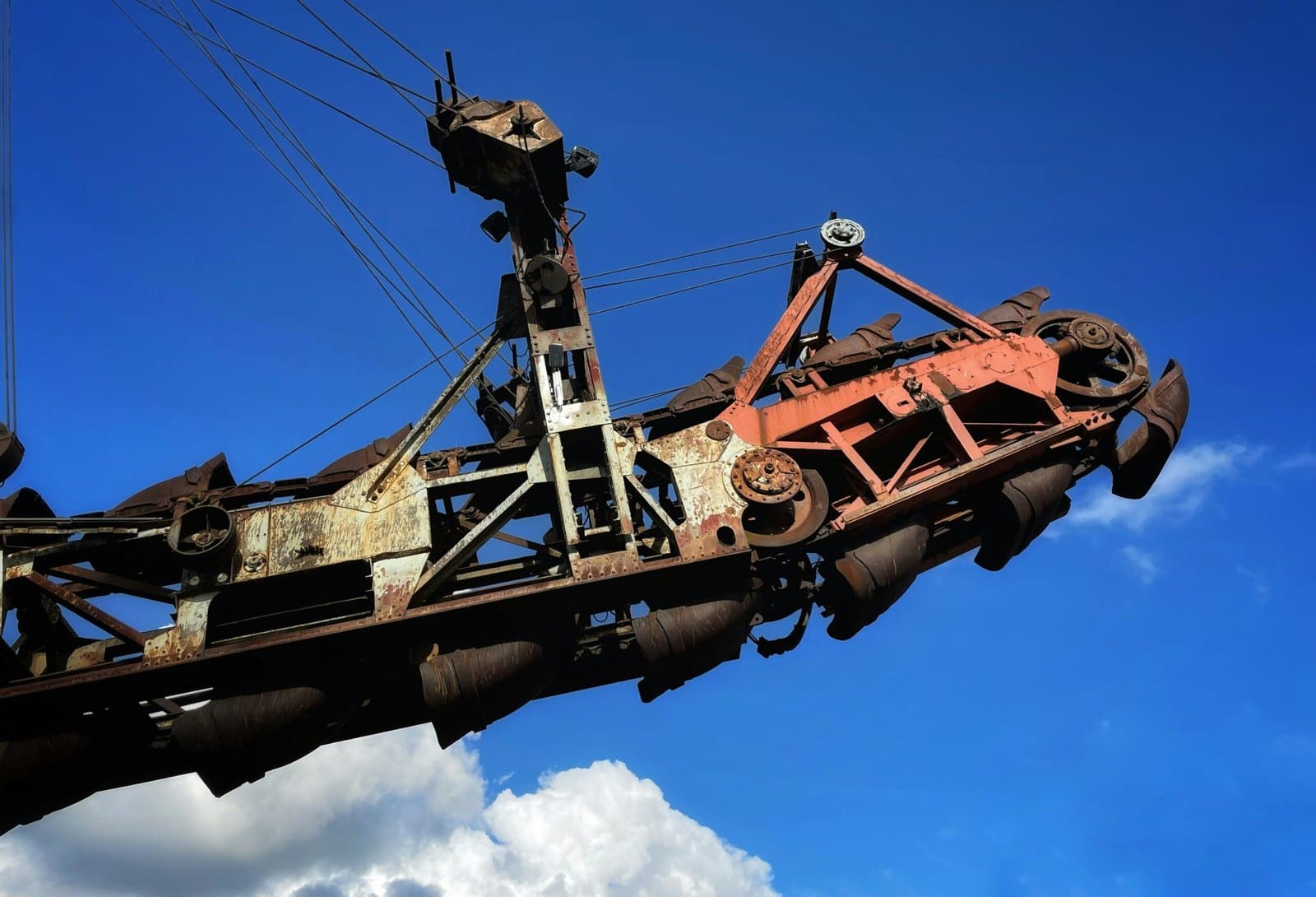
august 11, 2025